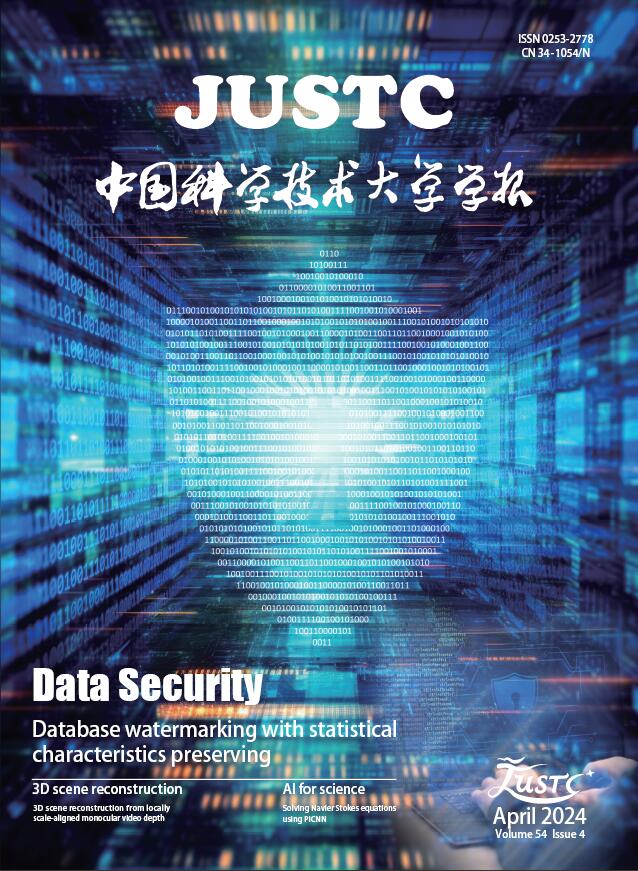2019 Vol. 49, No. 10
Display Method:
2019, 49(10): 775-780.
doi: 10.3969/j.issn.0253-2778.2019.10.001
Abstract:
2019, 49(10): 797-804.
doi: 10.3969/j.issn.0253-2778.2019.10.004
Abstract:
2019, 49(10): 805-811.
doi: 10.3969/j.issn.0253-2778.2019.10.005
Abstract:
2019, 49(10): 812-819.
doi: 10.3969/j.issn.0253-2778.2019.10.006
Abstract:
2019, 49(10): 820-827.
doi: 10.3969/j.issn.0253-2778.2019.10.007
Abstract:
2019, 49(10): 828-834.
doi: 10.3969/j.issn.0253-2778.2019.10.008
Abstract:
2019, 49(10): 835-841.
doi: 10.3969/j.issn.0253-2778.2019.10.009
Abstract:
2019, 49(10): 842-850.
doi: 10.3969/j.issn.0253-2778.2019.10.010
Abstract:





